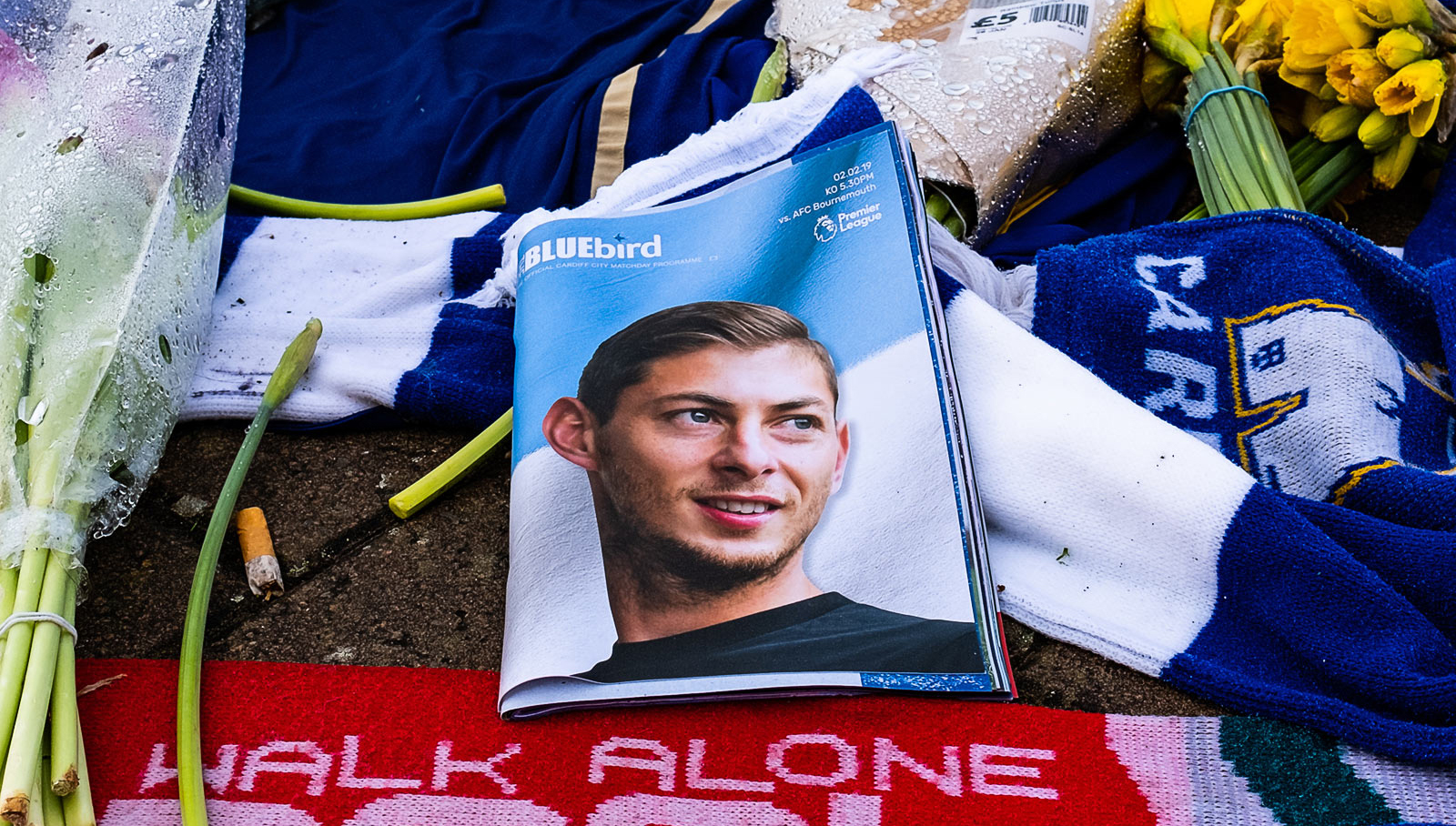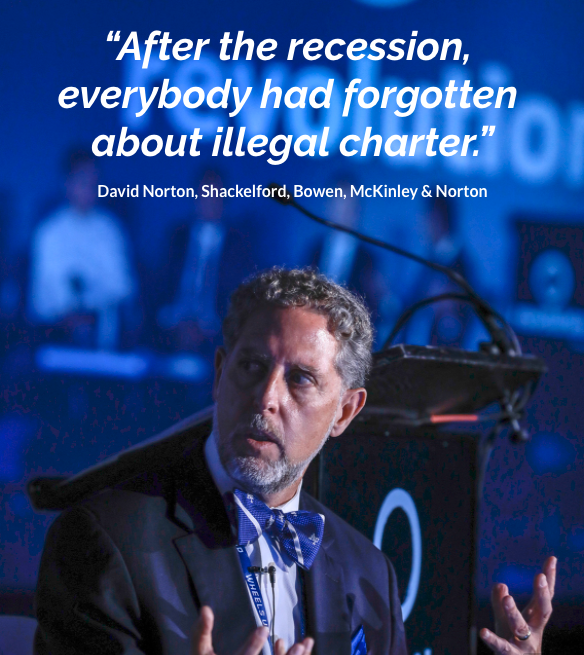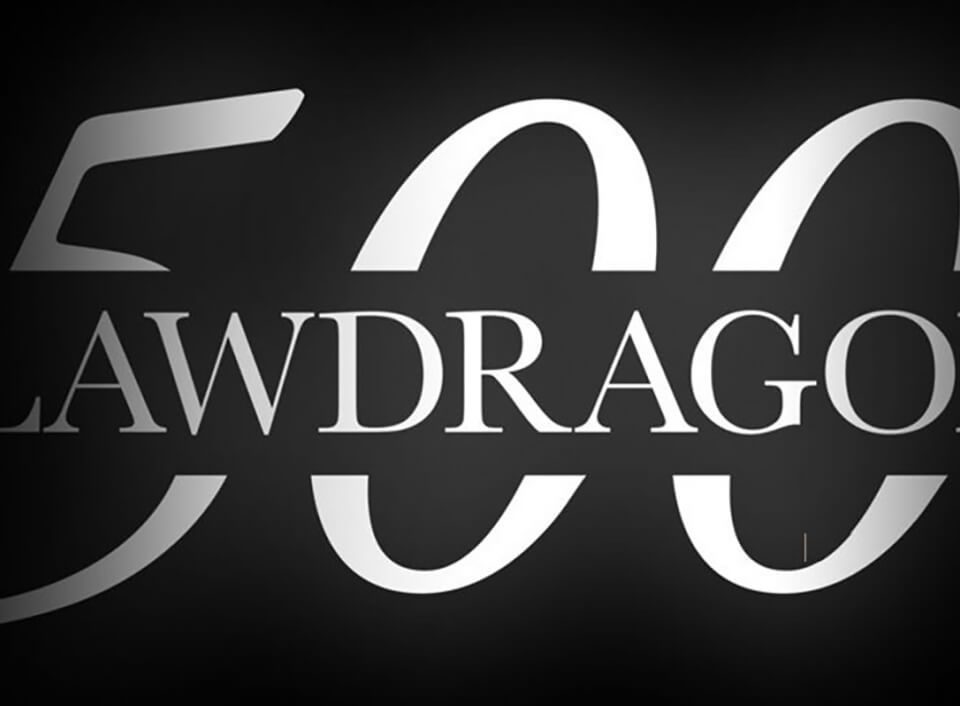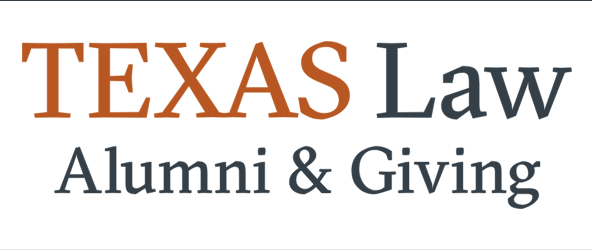By Yves Le Marquand | Corporate Jet Investor

Footballer Emiliano Sala and his pilot died two years ago when an illegal charter flight crashed into the sea. How common is illegal charter and what can be done to combat the global problem?
You can hear the fear in the young football star’s words. It was one of Emiliano Sala’s last messages. More than two years have passed since the PA-46 Piper Malibu piloted by David Ibbotson carrying the Argentine Sala to his new career at Cardiff City Football Club plunged into the English Channel killing both men. But the industry appears little closer to remedying grey or illegal charter – neither in the UK nor worldwide.
Some facts are beyond dispute. The final report from the UK government’s Air Accidents Information Branch (AAIB), published in March 2020, concluded neither Ibbotson nor the Piper Malibu, N264DB, held the correct licensing to operate commercial flights. It also said that Sala would have been “deeply unconscious” due to carbon monoxide poisoning at the point of impact. The report contains safety recommendations concerning: the fitting of carbon monoxide (CO) detectors; additional in-service inspections of exhaust systems; and the maintenance of flight crew licensing records.
In October 2020, the UK Civil Aviation Authority (CAA) confirmed its intention to prosecute David Henderson. He is a British pilot who was allegedly replaced by Ibbotson on the day of the flight, in connection with the plane crash.
Crispin Orr, chief inspector of air accidents at the UK Air Accidents Investigation Branch (AAIB), was clear in his condemnation of illegal charter: “The chartering of aircraft that are not licensed for commercial transport – so called ‘grey charter’ is putting lives at risk. We welcome the Civil Aviation Authority’s efforts to stop this practice through their ‘Legal to Fly’ campaign and other interventions.” An independent transport review, commissioned by the UK government, will probe the problem of illegal charter.
But the problem is not confined to the UK. Most countries around the world have long grappled with the threat.
In the US, David Norton, aviation attorney, with Shackelford, McKinley and Norton, based in Dallas Texas, said illegal charter is a growing problem. “It’s always been an issue under our rules because they are not as crystal clear as it should be,” Norton told Corporate Jet Investor. “But I think the feeling over here is that it started really to kick off with the Great Recession in 2008. Where a lot of people had airplanes to commute around, they were paying a lot of money for them and they were looking for ways to offload that cost.”
Norton said the issue of illegal charter has been around for “forever”. He recalled: “I wrote an article that talked about improper ownership under our US rules, which are slightly different than the UK rules under certain ownership structures. I wrote that article back in 2002, because it was so prevalent back then, and I still get clients who call me because of that article. So, it’s been a problem for forever. Part of it is all the civil aviation organisations can barely keep up with the scheduled airlines, let alone people flying airplanes, especially here in the US where it’s so spread out.”
Norton has been practicing aviation law for three decades, he pointed to the ebb and flow of illegal charter’s prominence in the limelight. The efforts against illegal charter were ratcheted up in 2001 to 2002, according to Norton, after a Gulfstream aircraft, too heavy for flight, attempted take-off at Teterboro, New Jersey. The jet veered off the runway, across the highway and crashed into a hangar. While everyone in the plane survived, the crash killed a passing motorist and “in a big way” caught the attention of the FAA.

Read the full article on Corporate Jet Investor




